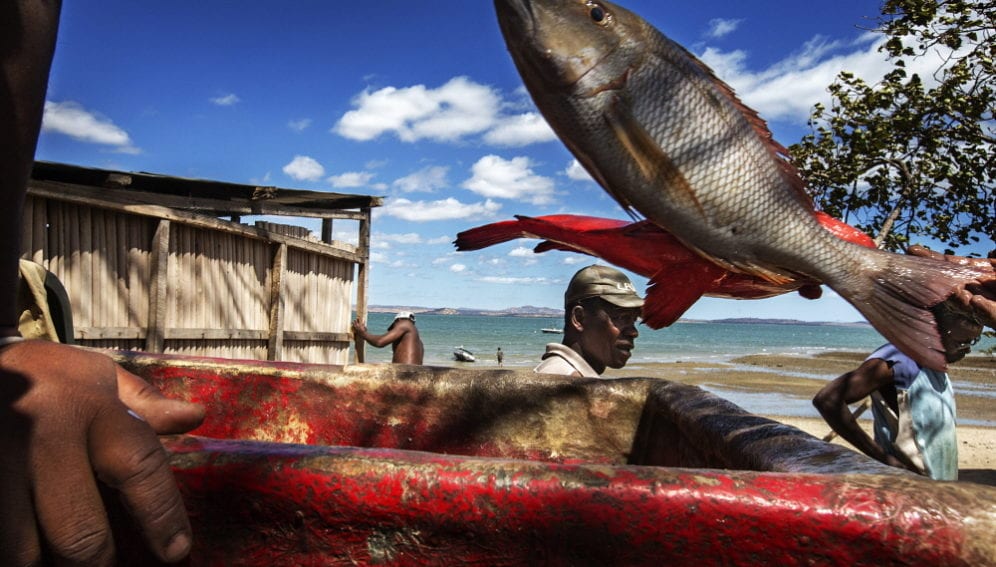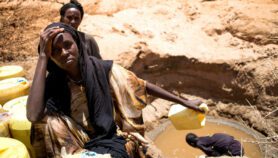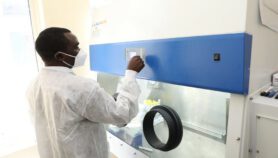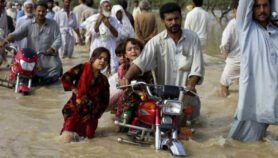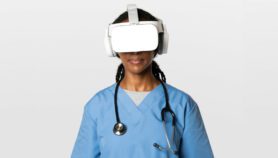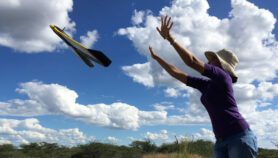By: Joe Turner and Martín De Ambrosio
Send to a friend
The details you provide on this page will not be used to send unsolicited email, and will not be sold to a 3rd party. See privacy policy.
[BUENOS AIRES/LONDON] As the international community gathers to discuss challenges facing small island developing states (SIDS) at the UN conference in Apia, Samoa, next week (1-4 September), experts are questioning what the summit can do for science on the islands.
The summit’s draft outcome document — which will be finalised at the Samoa meeting — reaffirms the need to engage scientists on climate and ocean-related issues, and to integrate SIDS scientists into international teams researching ocean acidification. It also reiterates the need for support for maritime research.
Technology, too, features in the document. It recognises the SIDS’ need to access “appropriate reliable, affordable, modern and environmentally sound technologies” as critical “to achieve their sustainable development objectives and in fostering an environment that provides incentives for innovation and entrepreneurship”.
“Science, technology and innovation are essential enablers and drivers for sustainable development,” the document says, though it has been criticised for not being strong enough in its commitments, even as SIDS still need much more research support.
“Some countries pledge funding at meetings knowing full well that they will not follow through on delivery. That's lying.”
Lorna Inniss, Coastal Zone Management Unit
The last big SIDS summit in 2005 in Mauritius also made sweeping commitments to back research and science — but experts say that since then there has been mixed progress on these goals.
The 2005 strategy saw science as a “cross-cutting issue for all sectors” and committed the island states, with support from the international community, to a range of measures.
These included incorporating appropriate science and technology (S&T) elements into national sustainable development strategies; reviewing S&T activities in relation to environmentally sound technologies and sustainable development; and reducing the environmental risks of using both S&T and indigenous technologies.
But a UN review of that strategy released in 2010 said that investment in S&T in Caribbean SIDS was “fairly minimal” leading to “extremely limited domestic development of technologies”.
And several SIDS said in progress reports filed in advance of next week’s Samoa summit that there are gaps in implementation due to limited resources. Some have not been able to produce sustainable development strategies, and many are not able to point to much action beyond work on education and information and communication technologies.
Lorna Inniss, acting director of the Coastal Zone Management Unit in Barbados, highlights the “minimal funding” as a challenge.
“I have not seen much movement in the areas of science and technology following SIDS meetings,” she tells SciDev.Net. “There is some support in relation to capacity development, scholarships and so on, but I would have expected agency twinning, work attachments and other opportunities.”
She also does not expect the impending meeting to be any different.
“Some countries pledge funding at meetings knowing full well that they will not follow through on delivery,” she says. “That's lying.”
Gonzalo Pizarro, adviser from the UN’s Regional Service Center for Latin America and the Caribbean, also says that the number of concrete developments on S&T after the Mauritius meeting “have been few”.
He points to SIDS DOCK, a project designed to assist SIDS to transform their national energy sectors, and the Caribbean biological corridor (CAR-SPAW-RAC), among the positive examples.
A big theme at next week’s summit is partnerships and alliances.
But Carlos Fuller from the Caribbean Community Climate Change Centre in Belize tells SciDev.Net that SIDS DOCK “arose from our recognition that the region could not wait for a global agreement”.
Other concrete outcomes of the Mauritius meeting include the Global Island Partnership (GLISPA), which aims to promote island conservation and sustainable development, and the University Consortium of Small Island States, which has established a joint master’s degree course which can be accessed from across the SIDS.
Hiro Morita-Lou, the chief of the SIDS unit of the UN’s Division for Sustainable Development, tells SciDev.Net that the Mauritius commitments to set up a roster of experts and SIDSnet, an information-sharing network, are a “work in progress”.
The roster is being updated and SIDSnet will have an increased focus on accessible data and statistics in the future.
Morita-Lou says that some SIDS representatives think that the implementation has been disappointing and that many promises have not been delivered. But she also says that there are positives to be taken from the process.
For the upcoming Samoa conference, the focus will be on developing solid partnerships committed to concrete outcomes and follow-up, she says.
Garfield Barnwell, director of sustainable development at the Caribbean Community (CARICOM), based in Guyana, says: “The upcoming meeting would provide an opportunity to further develop the scientific capacity in SIDS, particularly in the area of resilience building, to address some of the vulnerabilities facing SIDS.”
And Pizarro adds that the Samoa meeting is a good chance to improve sustainable development and resilience to rising sea levels caused by climate change.


